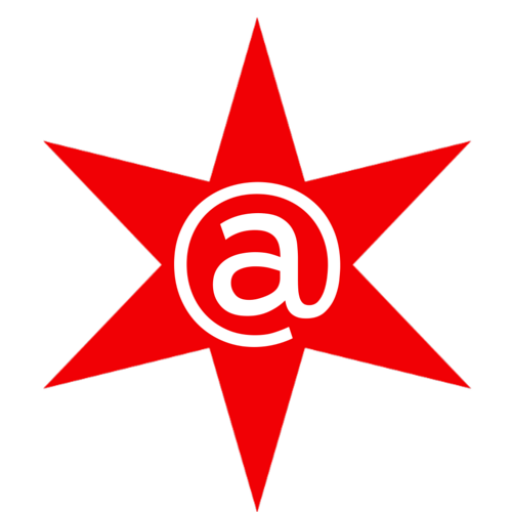Fix These Weak Spots in your Business Practices
Fix These Weak Spots in your Business Practices

Written By: Rebecca Berneck
We’ve noticed that most small businesses owners like yourself focus their attention on delivering their services and neglect the operations hoping things take care of themselves. Whether you’re a set-it-and-forget type or a diligent planner, the end of the year is a great time to look at your small business management practices and make certain nothing is falling through the cracks. In addition to reviewing your financial position, set aside some time to review two aspects of your business operations: bookkeeping and document management.
Bookkeeping
Bookkeeping can be tedious and confusing. While it appears straightforward, (money coming in is income; money going out is an expense) properly categorizing everything can require a solid background in bookkeeping. However, with good bookkeeping, you’ll be able to generate accurate financial reports. These reports help you clearly see things like where you’re making the most money and what expenses are the highest. You’ll also get a good sense of your cashflow position, arguably the lifeblood of any business.
If your bookkeeping is messy and you can’t generate clean financial statements, then you can’t effectively plan for the future. If you’re using Excel to track your business finances, it might be time to consider upgrading to QuickBooks. And, if you’re already on QuickBooks, review your chart of accounts and your products and services list, archiving ones you don’t use anymore and combining duplicates.
Document Management
All businesses generate invoices, payment reminder letters, sales brochures, emails, balance sheets, spreadsheets, and reports; all are necessary to running your business. Small business document management refers to how you create, share, organize and store these documents for your business. With effective document management, you’ll be more efficient with your time and more consistent with your client experience.
Clean out your filing cabinet and remove documents that you no longer need on hand. You can destroy unneeded documents and rotate files you need to keep to a long-term storage solution. Like your filing cabinet, it might be time to go through your hard drive or cloud storage solution, removing files you don’t need and archiving completed projects.
If all of your documents such as receipts, bills, invoices, proposals and estimates are all over the place or crammed in shoe boxes, it’s time to consider an online document management solution. Tools such as Dropbox and Hubdoc coupled with a document scanner help you manage, organize and archive your business documents.
Lastly, if you use templates for sales emails, proposals, estimates and invoices then review them now to make certain all of the information is current and consistent across documents. While it may seem trivial, a consistent look and feel across client facing documentation instills a sense of trust in you and your business.
